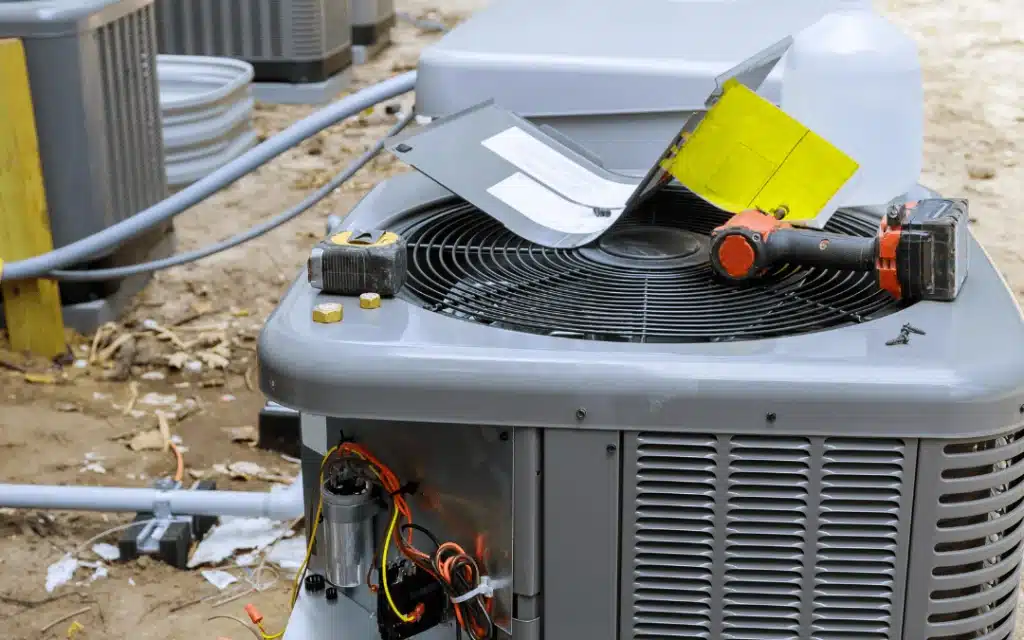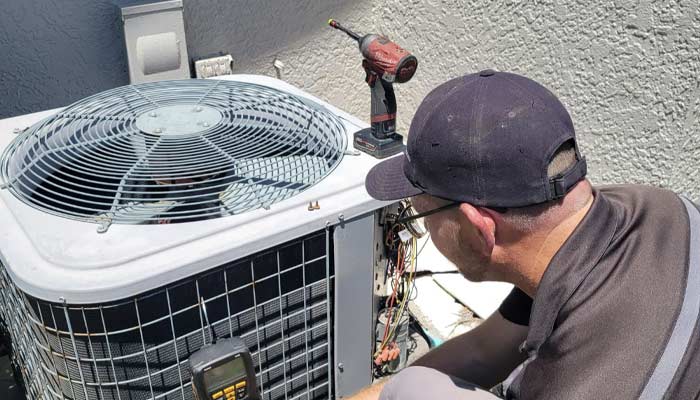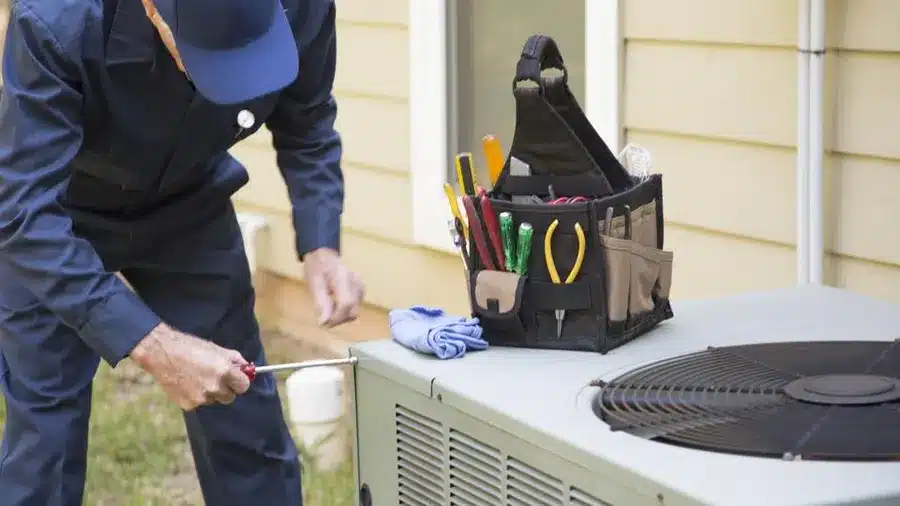The decision to replace your HVAC (Heating, Ventilation, and Air Conditioning) system marks a significant milestone in your home’s maintenance journey. However, embarking on this endeavor entails a series of steps, each with its own intricacies and considerations. In this comprehensive guide, we will delve deeper into the multifaceted process of HVAC unit replacement, providing insights into what you can expect every step of the way.
Assessment and Evaluation

The journey towards HVAC replacement commences with a thorough assessment and evaluation of your current system. Trained professionals will meticulously examine various aspects, including the system’s age, efficiency rating, size relative to your home’s square footage, and any existing issues or inefficiencies. This initial evaluation serves as the foundation upon which subsequent decisions regarding replacement options are made. By understanding the nuances of your existing HVAC setup, technicians can recommend tailored solutions that align with your home’s specific requirements and your desired comfort levels.
Choosing the Right System
Armed with insights gleaned from the assessment phase, the next crucial step is selecting the most suitable HVAC system for your home. This decision involves weighing various factors, such as energy efficiency ratings, technological advancements, environmental impact, budget constraints, and long-term maintenance considerations. Collaborating with knowledgeable HVAC professionals can prove invaluable during this decision-making process, as they can offer expert guidance and recommendations based on industry best practices and your unique needs. Whether opting for a traditional split-system setup or exploring innovative ductless alternatives, the goal is to identify a solution that not only meets your immediate heating and cooling requirements but also delivers sustained performance and energy savings over the system’s lifespan.
Preparation and Planning

With the replacement system chosen, meticulous preparation and planning become paramount. This phase encompasses a range of logistical tasks, including scheduling the installation appointment, coordinating the removal of the existing HVAC unit, obtaining necessary permits or regulatory approvals, and ensuring adequate workspace accessibility for the installation team. Clear communication between homeowners and HVAC professionals is essential at this stage to clarify expectations, address any concerns, and ensure a seamless transition from old to new. Additionally, proactive measures such as decluttering the installation area and safeguarding nearby furniture or belongings can help expedite the process and minimize potential disruptions to your daily routine.
Installation Process
As installation day dawns, the culmination of meticulous planning and preparation gives way to the physical realization of your HVAC replacement project. Skilled technicians arrive equipped with the requisite tools, equipment, and expertise to execute each phase of the installation process with precision and efficiency. The sequence of tasks typically unfolds as follows:
- Removal of Old Unit: The first order of business involves safely disconnecting and removing the existing HVAC system from its mounting location. This process may entail dismantling ductwork, disconnecting electrical connections, and responsibly disposing of outdated components in accordance with environmental regulations.
- Installation of New Components: With the old unit out of the way, attention turns to installing the new HVAC components, including the furnace, air conditioner or heat pump, air handler, ductwork, thermostat, and any supplementary accessories or upgrades specified during the planning phase. Each component is meticulously positioned, secured, and integrated into the existing infrastructure to ensure seamless functionality and compatibility with your home’s layout and specifications.
- Ductwork Configuration: Proper ductwork configuration is essential for optimizing airflow distribution and ensuring consistent heating and cooling throughout your home. Experienced technicians carefully assess duct layout, size, insulation, and sealing to minimize energy losses, mitigate air leaks, and maximize system efficiency. Any necessary modifications or repairs are performed to address deficiencies and enhance overall performance.
- System Testing and Calibration: With the installation nearing completion, meticulous testing and calibration procedures are conducted to validate the system’s functionality and performance metrics. This includes verifying proper airflow dynamics, assessing temperature differentials across zones, calibrating thermostat settings, and conducting comprehensive safety checks to identify and rectify any anomalies or discrepancies.
Testing and Quality Assurance
As the installation phase draws to a close, stringent testing protocols are enacted to ensure the newly installed HVAC system operates at peak efficiency and reliability. Comprehensive performance tests are conducted to evaluate key metrics such as heating and cooling capacity, energy consumption, air quality parameters, and system responsiveness to user inputs. Any deviations from expected norms are promptly addressed through targeted adjustments, fine-tuning, or component replacements to uphold stringent quality standards and deliver an optimal user experience.

Final Inspection and Approval
Before granting final approval for system commissioning and operation, a thorough inspection is conducted to validate compliance with regulatory codes, safety standards, and manufacturer specifications. This comprehensive assessment encompasses structural integrity, electrical connectivity, gas line integrity (if applicable), refrigerant levels, combustion efficiency (for gas furnaces), and overall system functionality. Upon successful completion of the inspection process, homeowners are presented with a formal certificate of compliance or installation warranty documentation, affirming the system’s readiness for uninterrupted service.
Conclusion
In conclusion, the journey towards HVAC replacement is a multifaceted endeavor that demands meticulous planning, informed decision-making, and skilled execution at every turn. By understanding the various phases of the replacement process and what to expect along the way, homeowners can navigate this transformative journey with confidence and peace of mind. From initial assessment to final inspection, each step is imbued with a sense of purpose and dedication to delivering unparalleled comfort, efficiency, and reliability within the confines of your home. As you embark on this transformative journey, remember that the rewards of a well-executed HVAC replacement extend far beyond mere climate control—they encompass enhanced comfort, improved indoor air quality, reduced energy costs, and a renewed sense of pride in your home’s environmental stewardship. So, embrace the journey, trust in the expertise of seasoned professionals, and prepare to reap the countless benefits of a modern, high-performance HVAC system tailored to meet your unique needs and aspirations.






GIPHY App Key not set. Please check settings